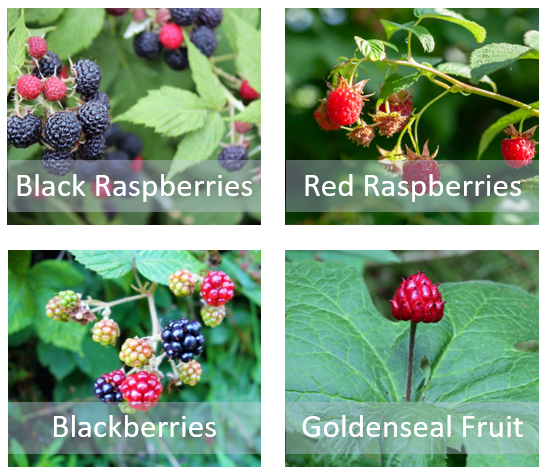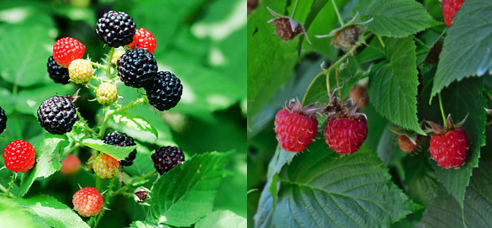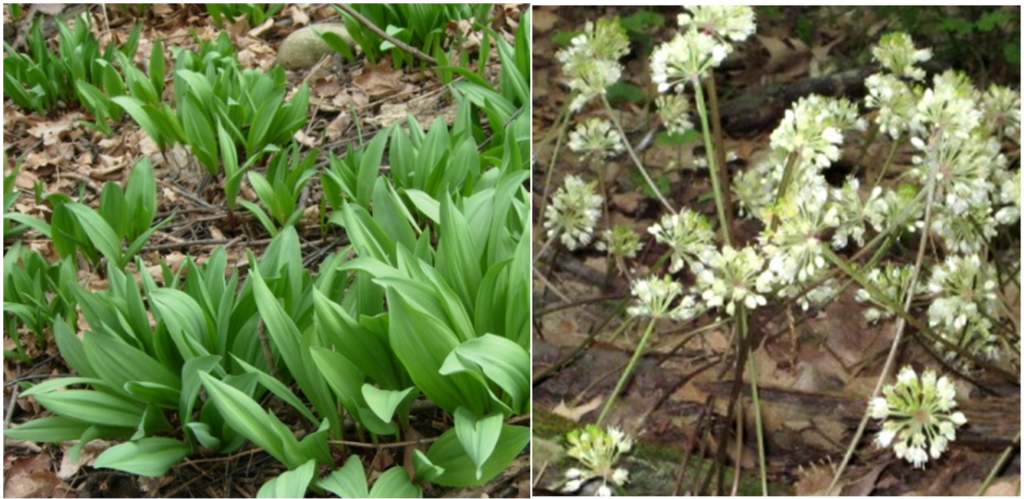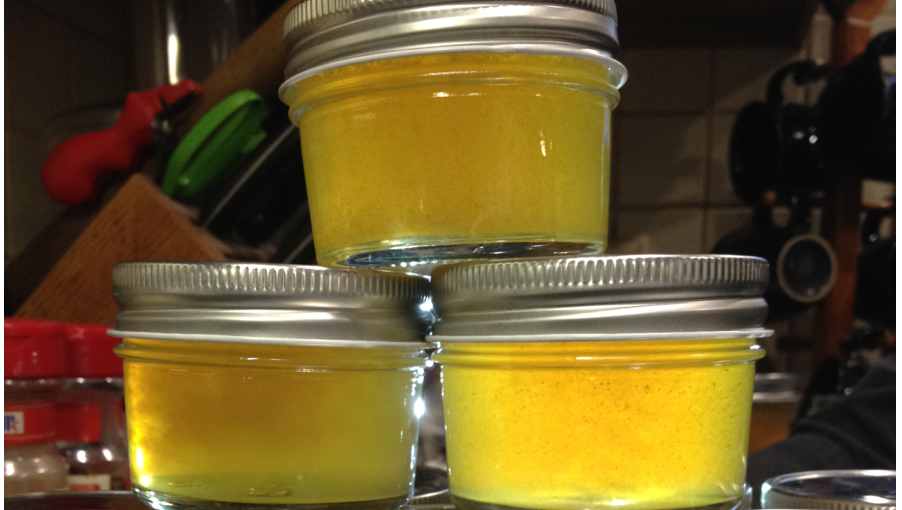It’s wild raspberry season in upstate New York, and we’re having bumper crops this year. Maybe because of all the rain? Whatever the reason, I’m grateful — I’ve got about 10 batches worth in the freezer ready for jamming, with more to come. I made a cobbler last night and the berries were so sweet I barely needed any sugar.
When I was a kid, my parents had cultivated rows of wild black raspberries, protected with tulle netting to keep the birds from getting to them before we did. For about two weeks in early summer, one of my chores was helping mom harvest, wash, and store the berries. They were the first purple-finger crop of each year, and have always meant the true beginning of summer for me.
Identification
Native only to North America, raspberries grow in tangled thickets of reddish-brown, bristly canes 2’ to 4’ high. The leaves are pointed at the tip and rounded at the base with irregular toothed edges. Wild raspberries can be found along riverbanks and road edges, and in forest openings and borders.
The plants bloom in early summer, with nondescript five-petaled white flowers. Round, hollow, ¾” berries ripen in mid-summer, with black varieties (also known as blackcaps) ripening over a couple of weeks in late June and early July. The more widespread wild red raspberries follow right after, with a longer harvesting season of about a month.
The only lookalike for black raspberries are blackberries, which are also delicious. The best way to tell them apart is to check the stem side of the fruit: black raspberries have a hollow core, tiny hairs, and a sweeter flavor than blackberries. Also, blackberries ripen much later in the summer.
There are no toxic lookalikes for red raspberries. The only thing that looks remotely close to a red raspberry is the fruit of the goldenseal plant. While not considered toxic, it is not tasty, and not generally thought of as edible.

Harvesting
Ripe black raspberries are deep purple, just about black in color, while ripe red raspberries are slightly soft, plump, and have a deep (not pale) color. The best way to determine if a raspberry is ripe is by the way it separates from the bush. You should be able to just roll your fingers across ripe berries and have them fall into your bucket. Be careful not to fill your containers more than 5” deep to avoid smashing the berries on the bottom.
Uses
Raspberries are a seriously versatile fruit. They can be used to make pies, muffins, sorbet, smoothies, syrup, cobbler, pastries, pancakes, and, of course, jam. Or you can do what my kids always did and simply stand at the bush and eat them as you pick.
Jam Recipes
With black raspberries, I usually stick to my standard fruit jam recipe: 4 cups of smashed berries, 1/4 cup of lemon juice OR 1 tsp of food-grade citric acid, 2 cups of sugar, and 1/3 cup of low-sugar pectin.
For red raspberries, I like to jazz it up a little and make Raspberry-Lime Jam: 4 cups of smashed berries, 1/2 cup of lime pulp (you can use lime juice instead but it’s not quite the same), 2 cups of sugar, and 1/3 cup of low-sugar pectin. The sour lime with the sweetness of red raspberries makes for an intensely flavorful jam.



